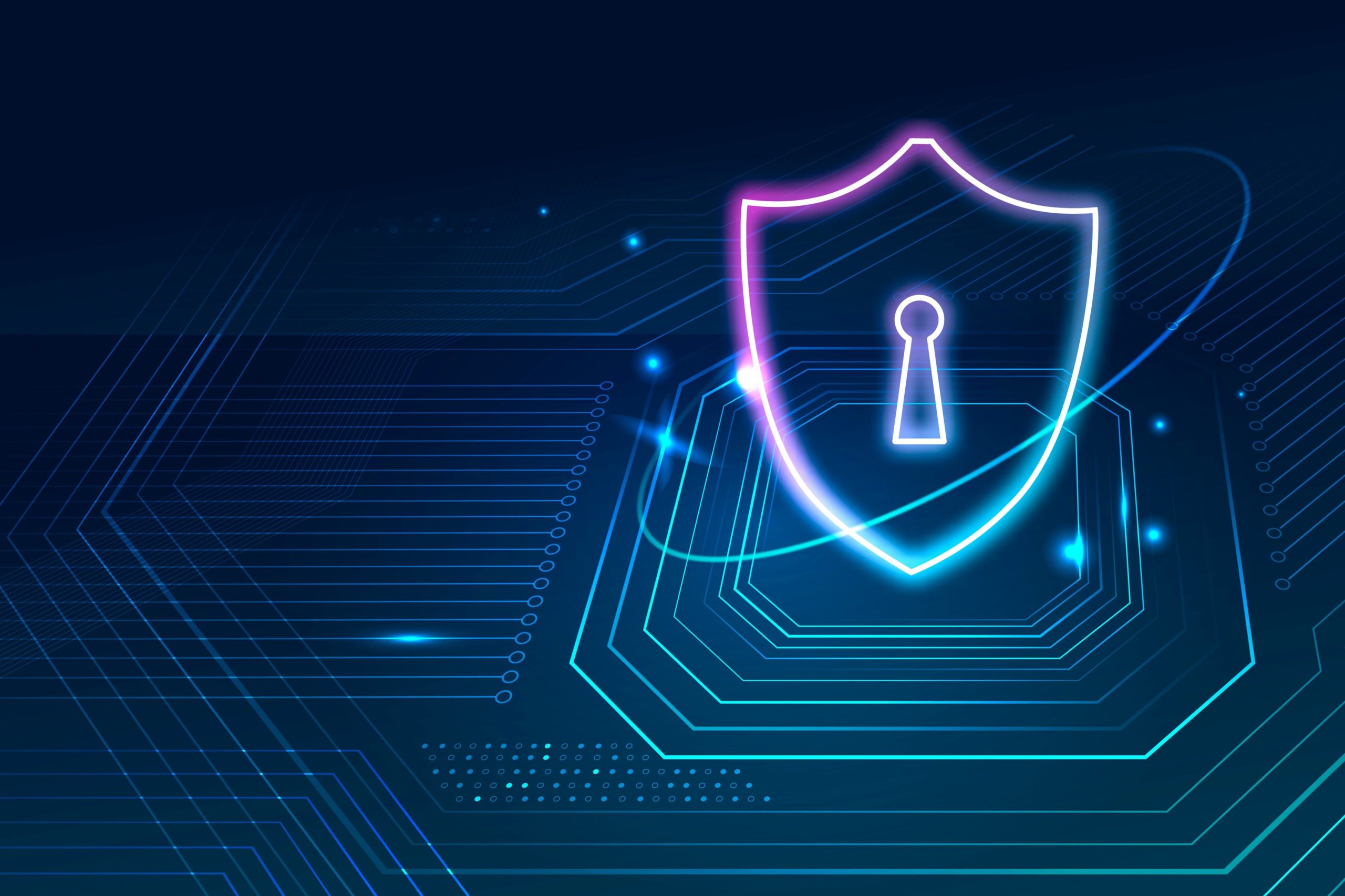The NIS2 Directive is the latest iteration of the Network and Information Systems Directive adopted by the European Union to enhance cybersecurity across member states. This directive extends the scope and depth of its predecessor, setting higher standards for digital and network security to protect critical infrastructure and essential services. Navigating the NIS2 Directive effectively requires organizations to adopt comprehensive strategies to ensure compliance and enhance their cybersecurity posture. Here’s an in-depth look at how organizations can navigate the NIS2 Directive successfully.
Understanding the NIS2 Directive
Before diving into strategies, it’s essential to understand the key elements and objectives of the NIS2 Directive. The directive aims to:
- Strengthen Cybersecurity Across Sectors: The directive expands its reach to include a broader range of sectors such as healthcare, finance, energy, transport, and digital infrastructure. This comprehensive approach emphasizes the protection of essential and important entities, recognizing the interconnected nature of modern economies and the critical role these sectors play in societal well-being and national security. The directive aims to build a more resilient and secure digital ecosystem by encompassing a wider array of sectors.
- Improve Incident Reporting: It mandates timely and detailed incident reporting to enhance the overall response and resilience to cyber threats. Organizations are required to report incidents within a specified timeframe, providing detailed information on the nature and impact of the threat. This requirement aims to facilitate quicker responses, more effective mitigation strategies, and a better understanding of the threat landscape, ultimately improving collective cybersecurity efforts.
- Enhance Risk Management: Organizations must implement robust risk management measures, including identifying and assessing cybersecurity risks. This involves regular risk assessments, the development of risk mitigation strategies, and continuous monitoring of the risk environment. By adopting a proactive approach to risk management, organizations can better anticipate potential threats and implement measures to minimize their impact, thereby enhancing overall security posture.
- Increase Cooperation: The directive promotes cooperation among member states and relevant authorities to foster a unified response to cybersecurity threats. This includes sharing information on threats and vulnerabilities, coordinating incident response efforts, and developing joint strategies to tackle emerging cyber risks. Enhanced cooperation aims to create a more cohesive and coordinated defense against cyber threats, leveraging the collective expertise and resources of all parties involved.
Strategies for Compliance and Cybersecurity Enhancement
Comprehensive Risk Assessment
a. Identify Critical Assets: Identify and catalog critical assets and systems that could be targets for cyber attacks. This includes data, applications, and infrastructure that are essential for business operations.
b. Assess Vulnerabilities: Perform comprehensive vulnerability assessments to pinpoint potential weaknesses in your network and systems. Utilize tools such as vulnerability scanners and penetration testing to simulate attacks and identify exploitable vulnerabilities.
c. Risk Analysis: Perform a risk analysis to understand the potential impact of various threats. Evaluate the likelihood and severity of different attack scenarios to prioritize mitigation efforts.
Implement Robust Security Measures
a. Access Control: Implement strong access control measures, such as multi-factor authentication (MFA) and role-based access control (RBAC), to ensure that only authorized personnel have access to critical systems and data.
b. Encryption: Use encryption to protect sensitive data both at rest and in transit. Ensure that encryption keys are managed securely.
c. Firewalls and Intrusion Detection Systems: Deploy advanced firewalls and intrusion detection/prevention systems (IDS/IPS) to monitor and block malicious traffic. Regularly update these systems to protect against emerging threats.
Incident Response and Reporting
a. Develop an Incident Response Plan: Develop a detailed incident response plan that specifies the steps to take during a cyber incident. Make sure the plan includes defined roles and responsibilities, communication protocols, and escalation procedures.
b. Establish Reporting Mechanisms: Set up mechanisms for timely and accurate reporting of cyber incidents. Ensure that incident reports contain all required information as stipulated by the NIS2 Directive.
c. Conduct Drills: Regularly conduct incident response drills and tabletop exercises to test and refine your response plan. Use the outcomes of these drills to improve your preparedness and response capabilities.
Enhance Security Awareness and Training
a. Employee Training: Provide regular cybersecurity training to all employees to raise awareness about common threats such as phishing and social engineering. Ensure that employees understand their role in maintaining cybersecurity.
b. Specialized Training: Offer specialized training for IT and security personnel on advanced cybersecurity practices, threat detection, and incident response.
c. Promote a Security Culture: Foster a culture of security within the organization by encouraging employees to report suspicious activities and promoting best practices for cybersecurity.

Leverage Technology and Tools
a. Security Information and Event Management (SIEM): Implement a SIEM system to aggregate and analyze security logs from various sources. SIEMs can help identify patterns and detect anomalies that may indicate a cyber threat.
b. Endpoint Detection and Response (EDR): Deploy EDR solutions to monitor and protect endpoints such as computers and mobile devices. EDR tools can detect and respond to suspicious activities at the endpoint level.
c. Threat Intelligence: Utilize threat intelligence services to stay informed about the latest cyber threats and vulnerabilities. Integrate threat intelligence into your security operations to enhance your ability to detect and respond to attacks.
Regular Audits and Compliance Checks
a. Internal Audits: Conduct regular internal audits to assess your compliance with the NIS2 Directive and identify areas for improvement. Use audit findings to refine your security measures and ensure continuous improvement.
b. External Audits: Engage external auditors to perform independent assessments of your cybersecurity posture. External audits can provide an unbiased view of your security practices and help identify gaps that need to be addressed.
c. Compliance Management: Implement a compliance management program to track and manage your compliance with the NIS2 Directive. Use compliance management tools to automate the monitoring and reporting of compliance activities.
Collaborate and Share Information
a. Industry Collaboration: Join industry groups and information-sharing organizations to collaborate with peers and share insights about cybersecurity threats and best practices.
b. Government and Regulatory Agencies: Engage with government and regulatory agencies to stay informed about regulatory changes and participate in cybersecurity initiatives.
c. Incident Sharing: Share information about cyber incidents and threat intelligence with relevant authorities and industry partners to contribute to a collective defense against cyber threats.
Conclusion
Navigating the NIS2 Directive requires a comprehensive and proactive approach to cybersecurity. Organizations can ensure compliance and strengthen their cybersecurity posture by conducting thorough risk assessments, implementing robust security measures, enhancing incident response capabilities, and fostering a culture of security awareness. Leveraging technology, conducting regular audits, and collaborating with industry peers and regulatory bodies are essential steps in building a resilient defense against cyber threats. As the threat landscape continues to evolve, staying vigilant and adaptive will be crucial for maintaining security and protecting critical assets.

Andrej Fedek is the creator and the one-person owner of two blogs: InterCool Studio and CareersMomentum. As an experienced marketer, he is driven by turning leads into customers with White Hat SEO techniques. Besides being a boss, he is a real team player with a great sense of equality.
